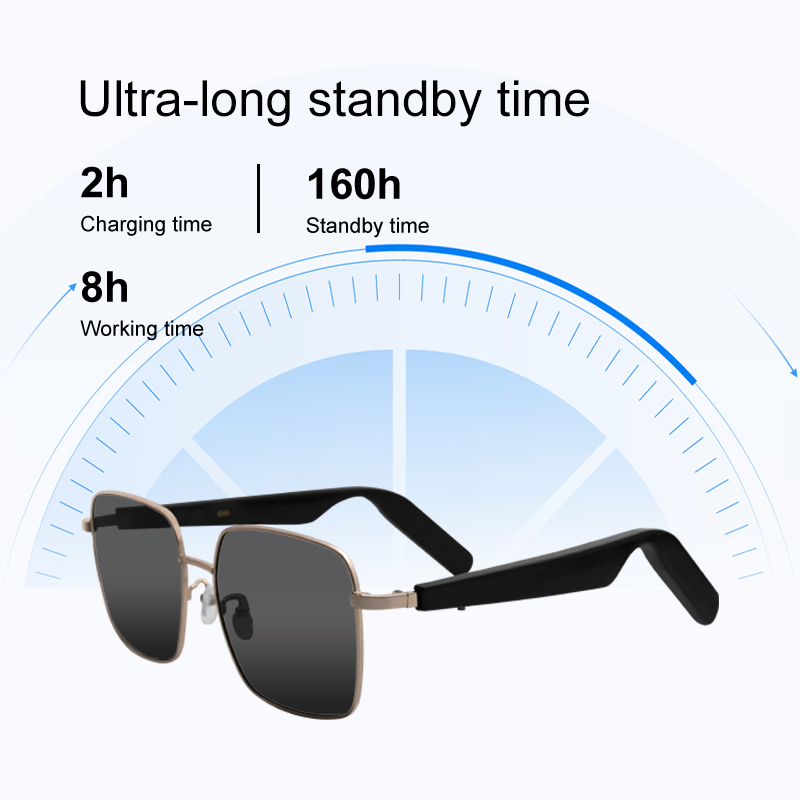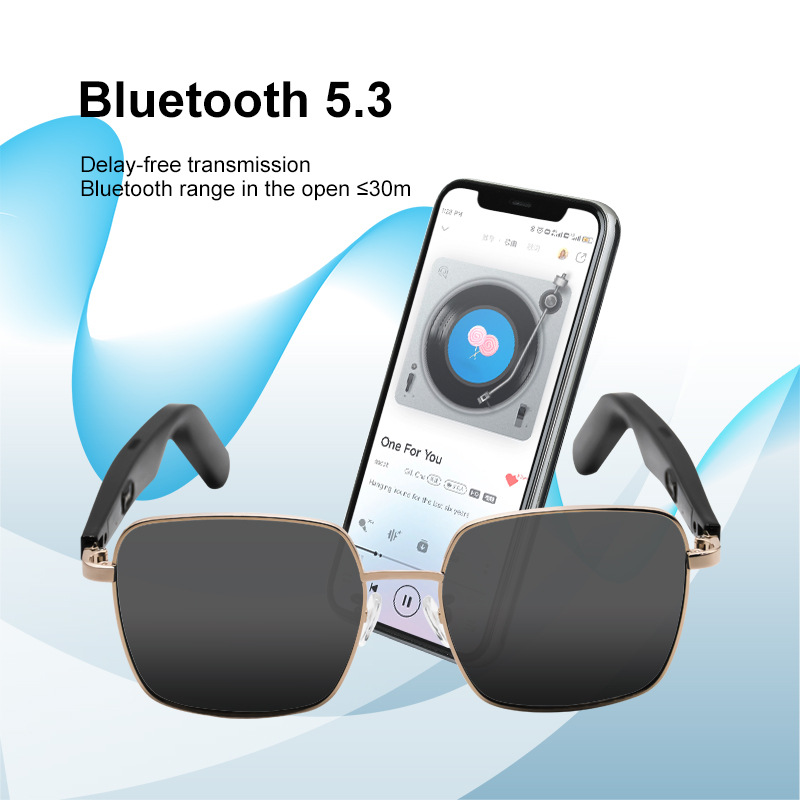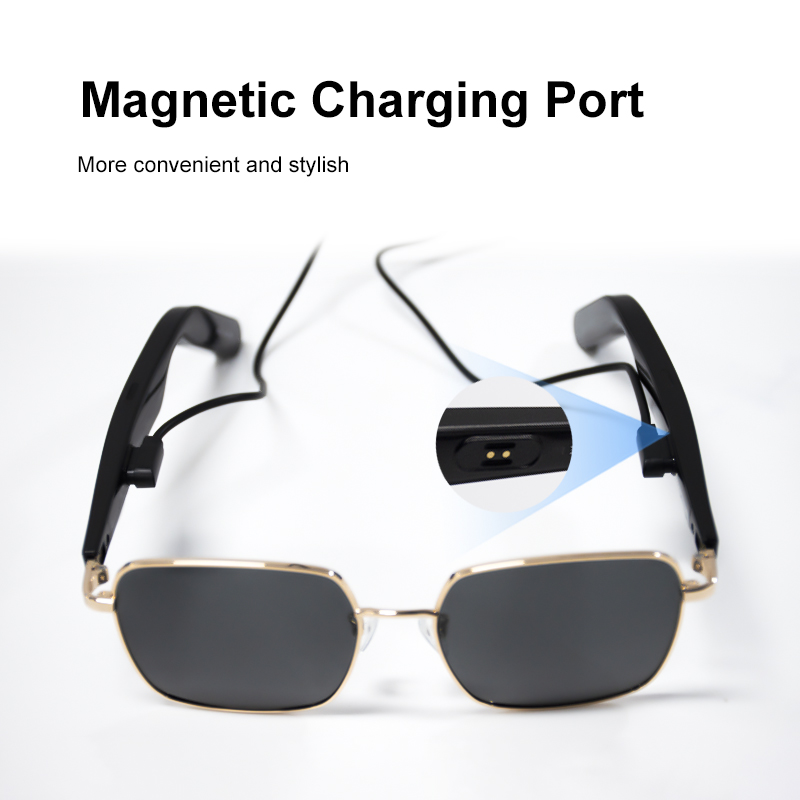- Select Language
One Device, Dual Functions – A Projector and a Com...
The R501 PDA combines a powerful MT6762 Octa-Core ...
AR smart glasses are revolutionizing how professionals in key industries interact with information, collaborate remotely, and perform tasks more efficiently. In this article, we explore how AR smart glasses are transforming healthcare, education, and manufacturing, and showcase their growing impact through real-world use cases.

AR Smart Glasses in Healthcare
Use Case: Remote Surgical Assistance
A surgeon in Tokyo uses AR smart glasses to receive real-time guidance from a cardiovascular specialist in New York. The glasses project annotations, 3D visuals, and real-time instructions into the surgeon's field of view, enabling precise incisions and faster decision-making even from thousands of miles away.
Key Benefits
Hands-free access to patient data during surgery or treatment.
Live video streaming for remote consultations and training.
Providing telemedicine technology support to rural areas lacking specialized medical personnel.
Industry Application Examples:
Hospitals such as the Cleveland Clinic and Johns Hopkins University have piloted AR glasses to guide emergency medical personnel and junior surgeons with real-time overlay instructions, thereby reducing critical response times.
AR Smart Glasses in Education
Use Case: Virtual Field Trips and STEM Training
In a high school science class, students wearing AR glasses are overlaid with a 3D model of the solar system as they move around the room. Teachers remotely guide them through interactive simulations, such as dissecting a virtual frog or exploring DNA strands.

Immersive, interactive learning improves engagement and retention.
Real-time teacher feedback and progress tracking through the AR platform.
Enabling remote learning through richer virtual environments.
Industry Application Examples:
Educational institutions like Stanford University and MIT are incorporating AR smart glasses into laboratory training to simulate chemical reactions, mechanical operations, and even virtual dissections.
AR Smart Glasses in Manufacturing
Use Case: Assembly Line Guidance
In an automotive factory, AR smart glasses guide workers step-by-step through complex assembly tasks. Real-time overlays display bolt locations, safety warnings, and part specifications, while supervisors monitor quality remotely.
Key Benefits:
Minimizes human error through visual guidance.
Accelerates onboarding of new employees. Reduce downtime through remote diagnostics and troubleshooting.
Industry Application Examples:
Brands such as Boeing and Siemens report a 25-40% reduction in assembly errors after equipping production line technicians and maintenance personnel with AR smart glasses.
Cross-Industry Benefits of AR Smart Glasses
Benefits | Healthcare | Education | Manufacturing |
| Hands-free operation | During surgery | Laboratory experiments | Assembly tasks |
| Real-time remote support | Telemedicine | Remote coaching | Remote quality assurance monitoring |
| Visual guidance | Patient diagnosis and treatment process | AR course content | Step-by-step overlays |
| Data visualization | MRI/CT integration | 3D anatomical models | Component diagrams |

Conclusion
AR smart glasses are no longer just futuristic gadgets; they are practical and efficient tools that empower professionals in healthcare, education, and manufacturing. By providing real-time, hands-free information and interactive content, these glasses help reduce errors, improve efficiency, and enable new learning and collaboration models.